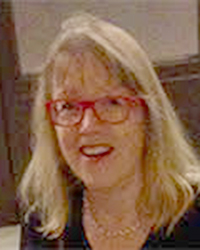


Part one appeared in the September 21-27, 2018 CDE.
How can the communities of Boston Harbor work together towards a common solution to rising sea-levels and increased storm events? For starters there must be a working group that represents all stakeholders. This will insure that the scope is properly defined. Then all options must be given a fair review, even those that may at first seem improbable.
While there are considerable environmental, ecological, political and social issues accompanying the UMB team’s two Outer Harbor Barrier scenarios and our Metro Boston DikeLANDS concept, there is a need to envision solutions for protecting all the low-lying communities of the Metro Boston estuary between the topographical highlands of Swampscott and Cohasset, preferably with some visionary ideas to interest-private investors.
All the Metro Boston estuary communities will be embarking on a multi-decade war to combat the effects of climate change. All of us who live in the estuary need strategic and a tactical battle plans for both the near and the long-term, period. Such strategies and tactics require a regional coordinating entity similar to the Metropolitan Area Planning Council, but with regulatory powers.
It may be necessary to plan for an ultimate outcome whereby the sea reclaims not only its 18th century shoreline but even some areas beyond. Instead of waiting for catastrophic flooding to devastate the Metro Boston economy (which extends northward into New Hampshire, westward to Worcester and beyond, and south into Rhode Island), all options at all scales must be explored to ensure that a plan is in place for all eventualities.
We suggest an international competition as the starting point for this effort. Such a competition would attract the creative energies of truly interdisciplinary teams across the globe and stimulate discussion and study for coastal communities beyond the greater Boston area. Taking a bold approach has its costs, but so will timid solutions. We owe the residents of the Greater Boston area the most thoughtful solutions possible. Hindsight will not suffice.
Peter Papesch, AIA, is a retired architect-developer & educator. Franziska Amacher, FAIA, NCARB, LEED AP, WBE, is owner of Amacher and Associates, Boston. Vernon Woodworth, FAIA, is a code consultant at AKF Group LLC, Boston and a faculty member of the the Boston Architectural College.
.png)






